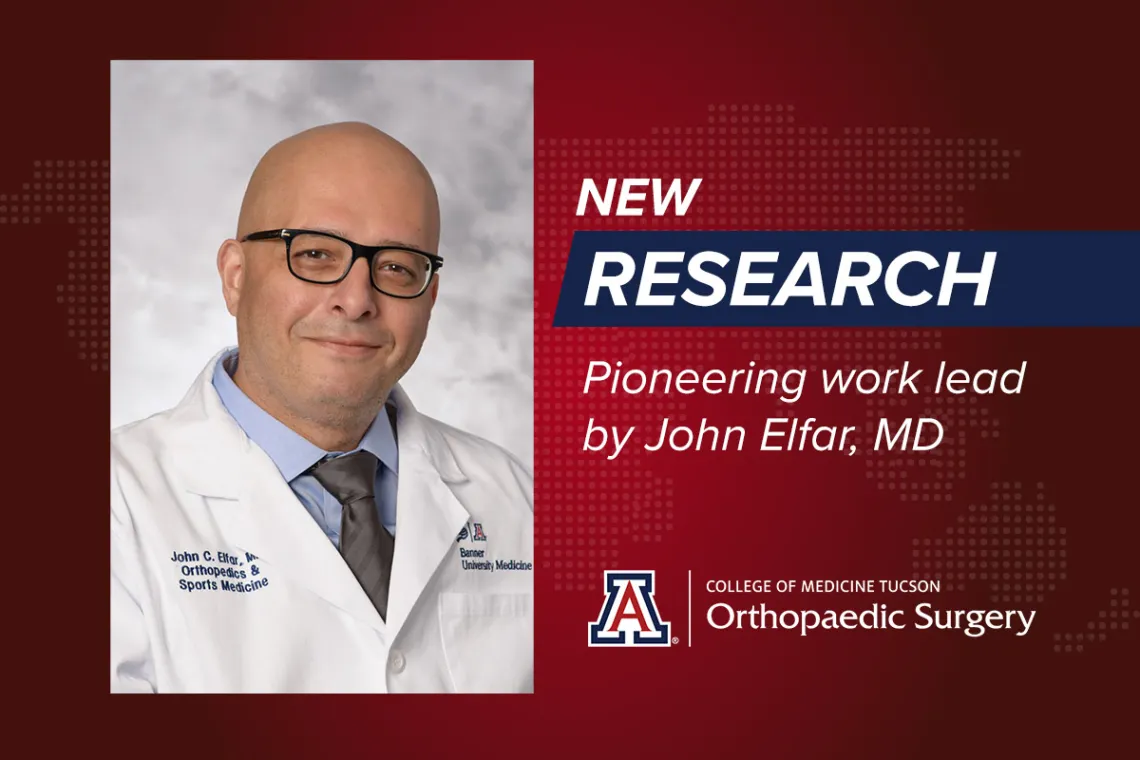Elfar Research Advances a Desperately Needed Solution for Surgeons

When severe injury causes paralysis, the best next step depends on whether nerves have been severed or crushed: unsevered nerves are best left to recover without surgery, but severed nerves require surgery as soon as possible.
Unfortunately, there’s no test today to see if a nerve has been severed, leaving surgeons to make their best guess in each case.
In 2022, Dr. Elfar received a $2 million grant from the National Institutes of Health to conduct clinical trials that could finally solve this problem.
Pioneering work leading up to the grant demonstrated that a generic, already FDA-approved drug “awakens” nerves that are paralyzed but unsevered, distinguishing them from severed nerves.
New Value in An Established Drug
The pharmaceutical 4-aminopyridine (4AP) was approved by the FDA in 2010. It’s used to treat multiple sclerosis and other neurologic disorders, and those effects on nerve cells in the central nervous system led Dr. Elfar to explore its potential in this age-old surgical dilemma.
In 2019, the philanthropic organization Cures Within Reach provided $50,000 for Dr. Elfar to conduct a pivotal clinical trial investigating 4AP as a diagnostic for diagnosing the nature of severe nerve damage – work that laid the foundation for the $2 million NIH research grant.
If confirmatory trials are successful, FDA approval will deliver a desperately needed diagnostic to help physicians distinguish between permanent and recoverable nerve injuries in every trauma patient, right away.
As that work continues, Dr. Elfar and his team are also investigating 4AP’s potential to improve wound healing and tissue regeneration.
A Safe, Faster Path to Better Care
Gaining government approval for new therapies is one of the biggest hurdles for innovation in medicine and patient care. “Repurposing” can dramatically reduce the time and cost of that process by demonstrating effective new uses for already approved drugs and therapies.
Cures Within Reach’s mission is to improve patient quality and length of life by leveraging the speed, safety and cost-effectiveness of testing already approved therapies for new indications that serve philanthropic and/or commercial uses,
Much of the work of Cures Within Reach lies in funding this approach to medical innovation. The goal is to support research that will catalyze “follow-on funding” (in this case, the NIH grant), ultimately seeking to save and transform lives in the near-term for patients with unmet medical needs, without the focus on ROI that drives commercial drug development.

